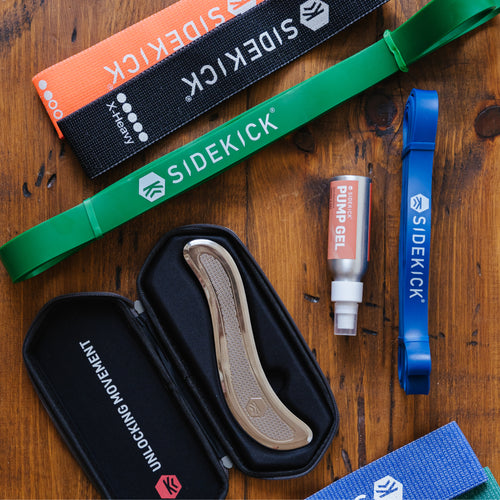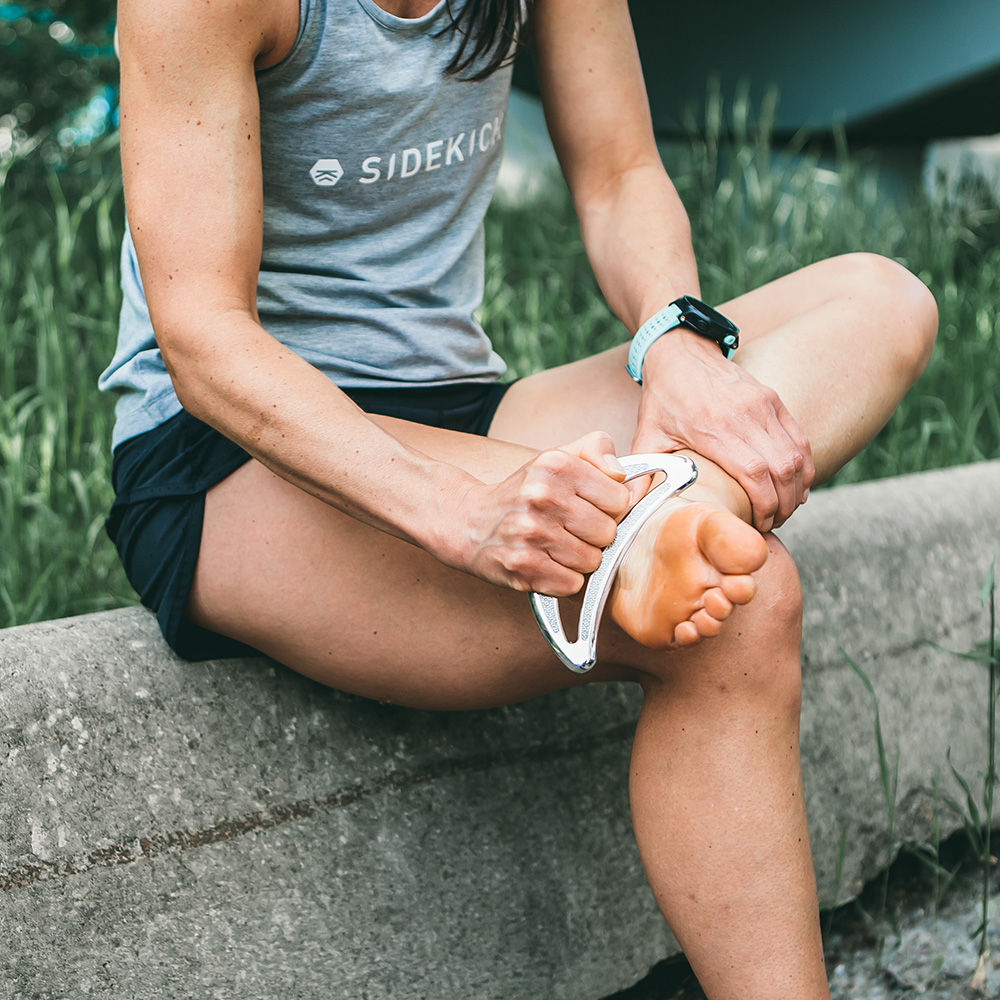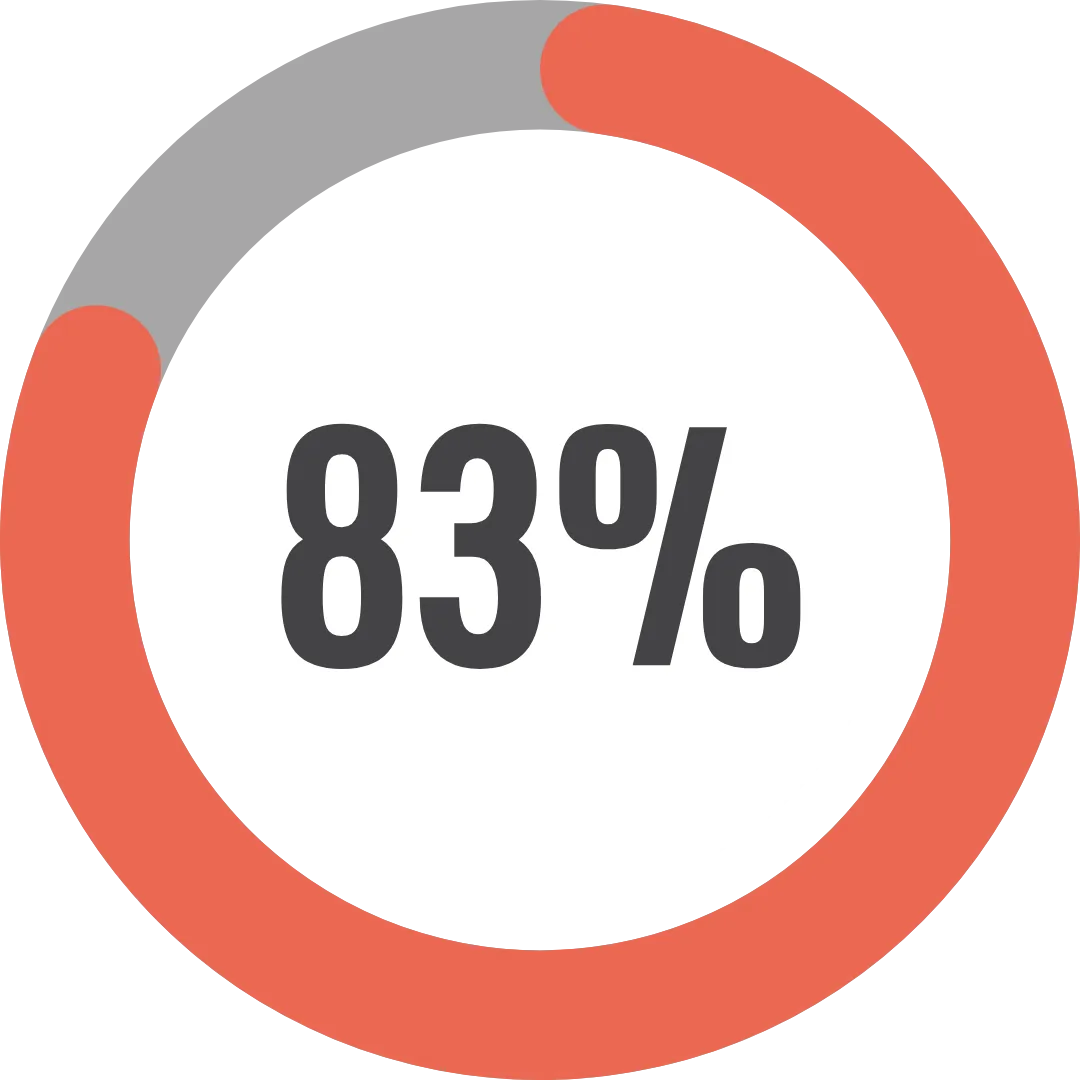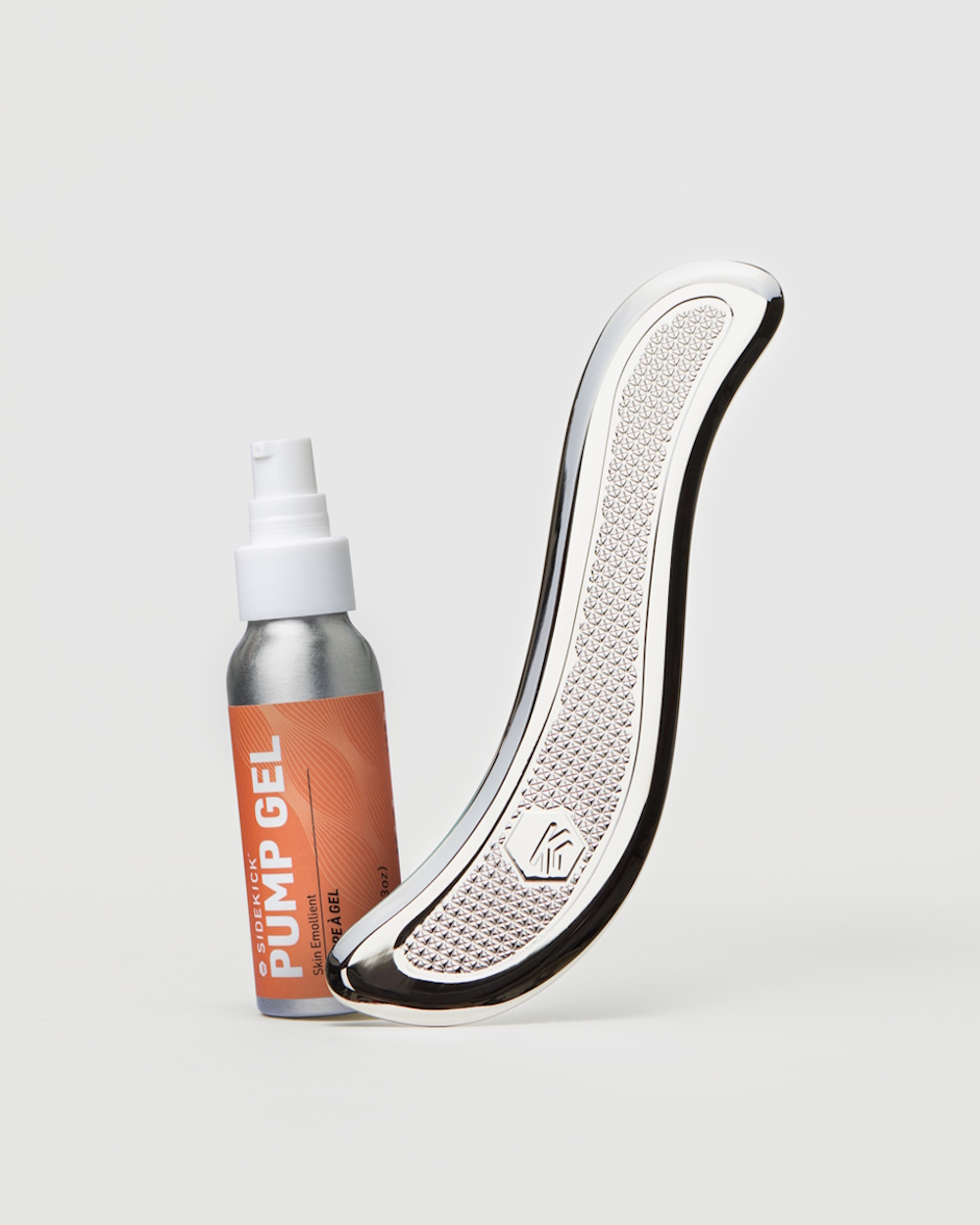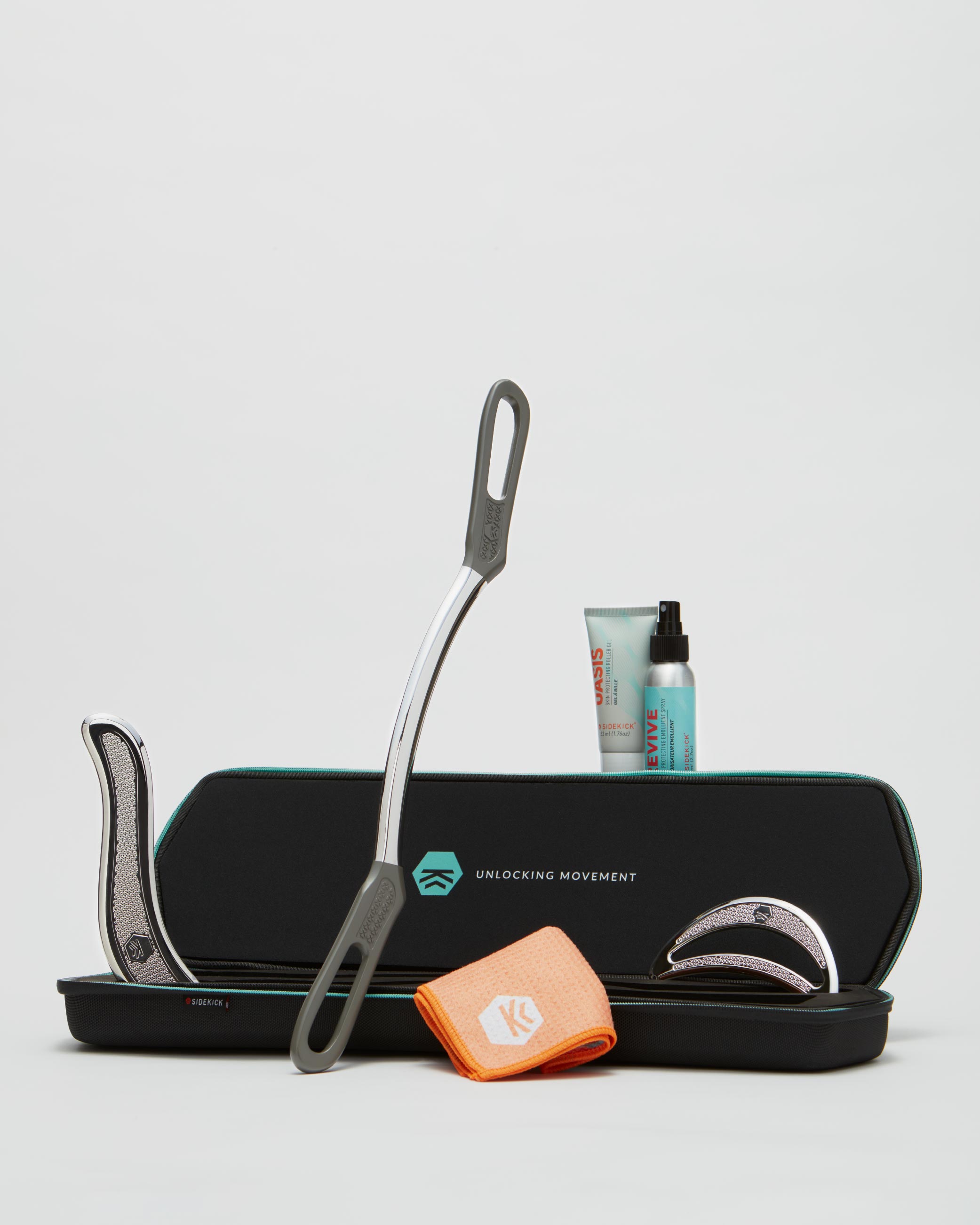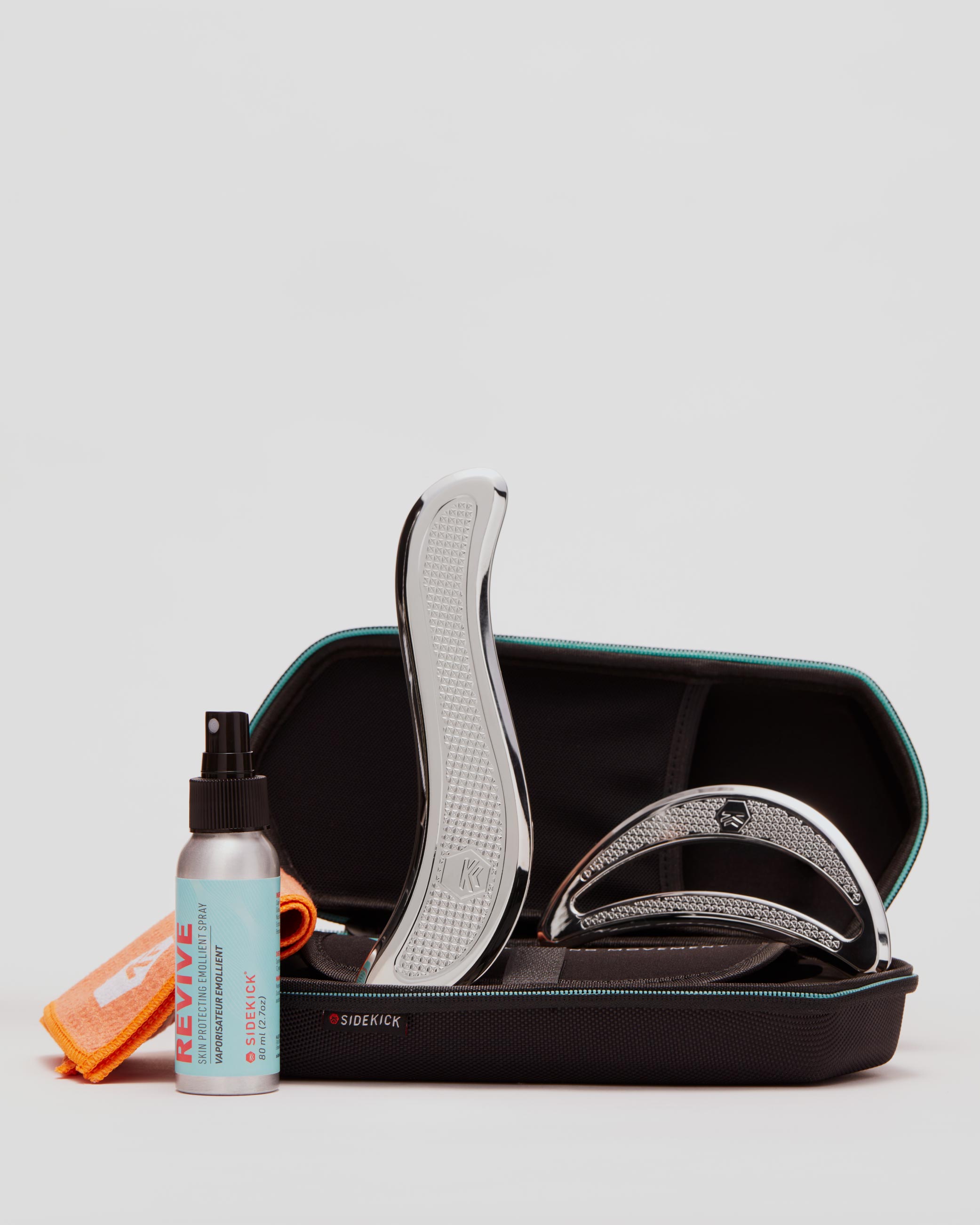Learn the science behind scraping
Discover the effectiveness of a centuries-old physical therapy technique — also known as Instrument-Assisted Soft Tissue Mobilization.
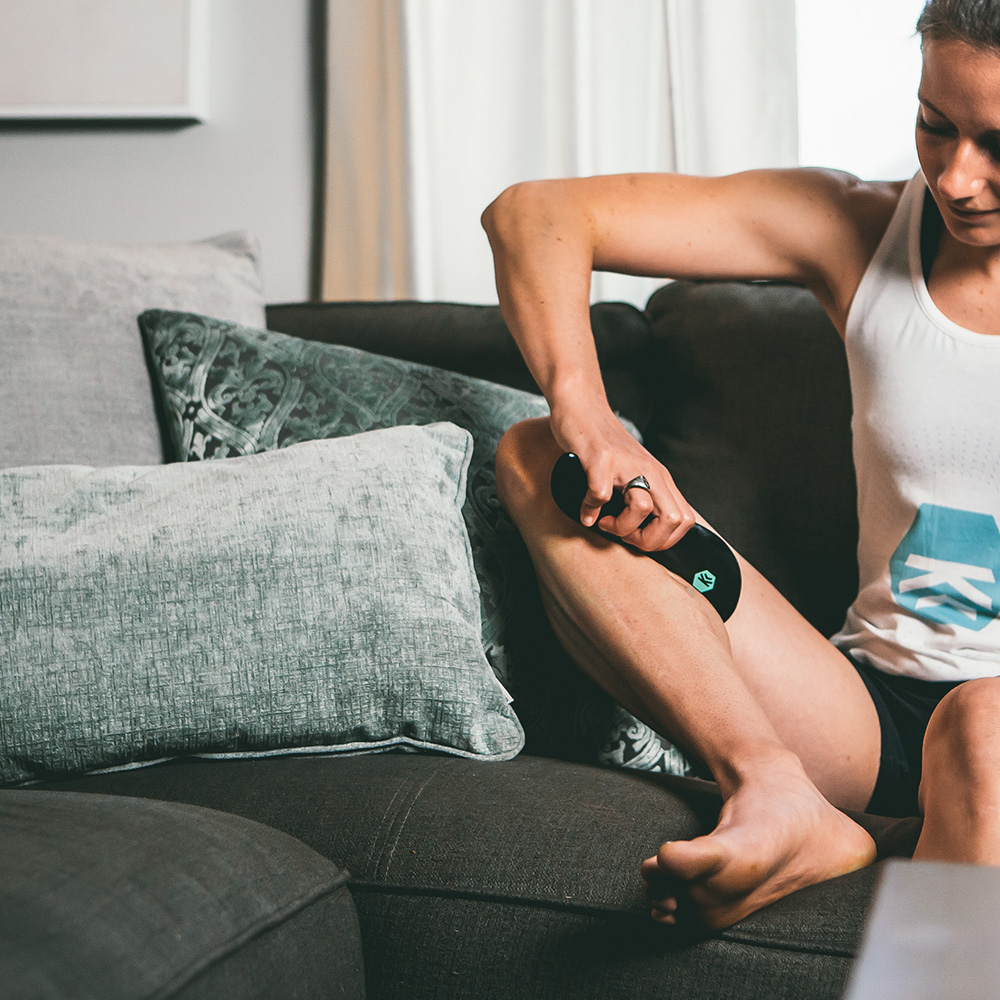
How does it actually work?
When we use muscle scraping to help with injuries, we're tapping into one of these main mechanisms:


Increasing blood flow and nutrient circulation
Injury healing involves the generation of new cells or repair of injured cells. This requires nutrients and oxygen which is brought to the injured area through increased blood flow. Muscle scraping can increase microcirculation by up to 400%, bringing all the oxygen and nutrients that your muscles are craving!
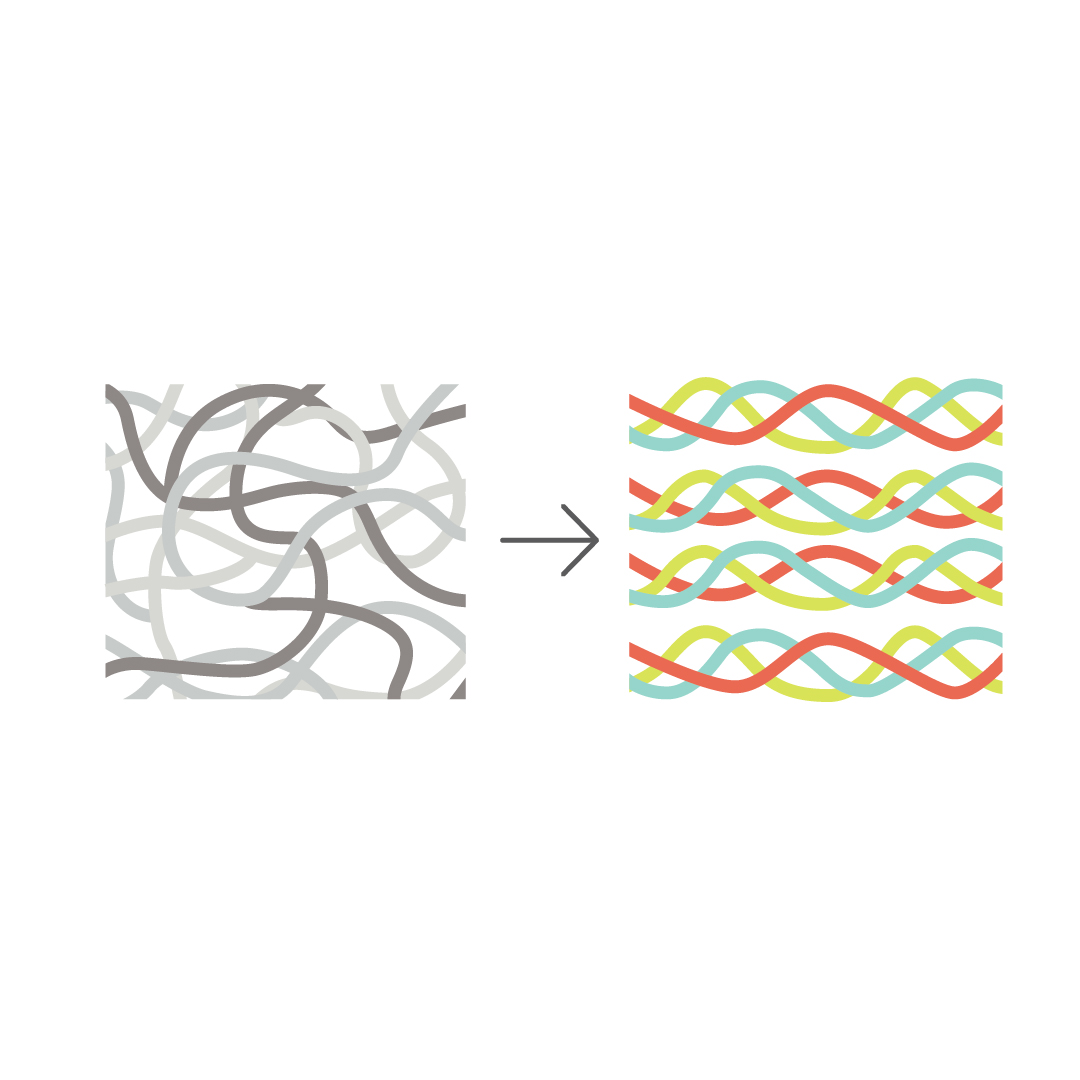
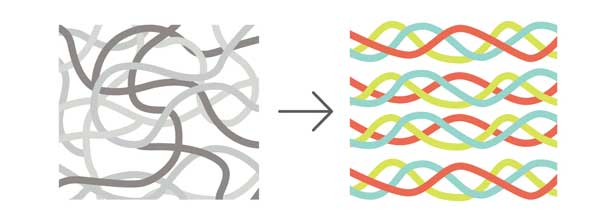
Boosting collagen activity and regeneration
Collagen is the building block of our tissues. It helps create structure within the cells for optimal injury recovery. Muscle scraping can boost collagen activity, like fibroblast proliferation and alignment of new collagen fibers. This means there will be plenty of new cells to facilitate healing of injured tissue.
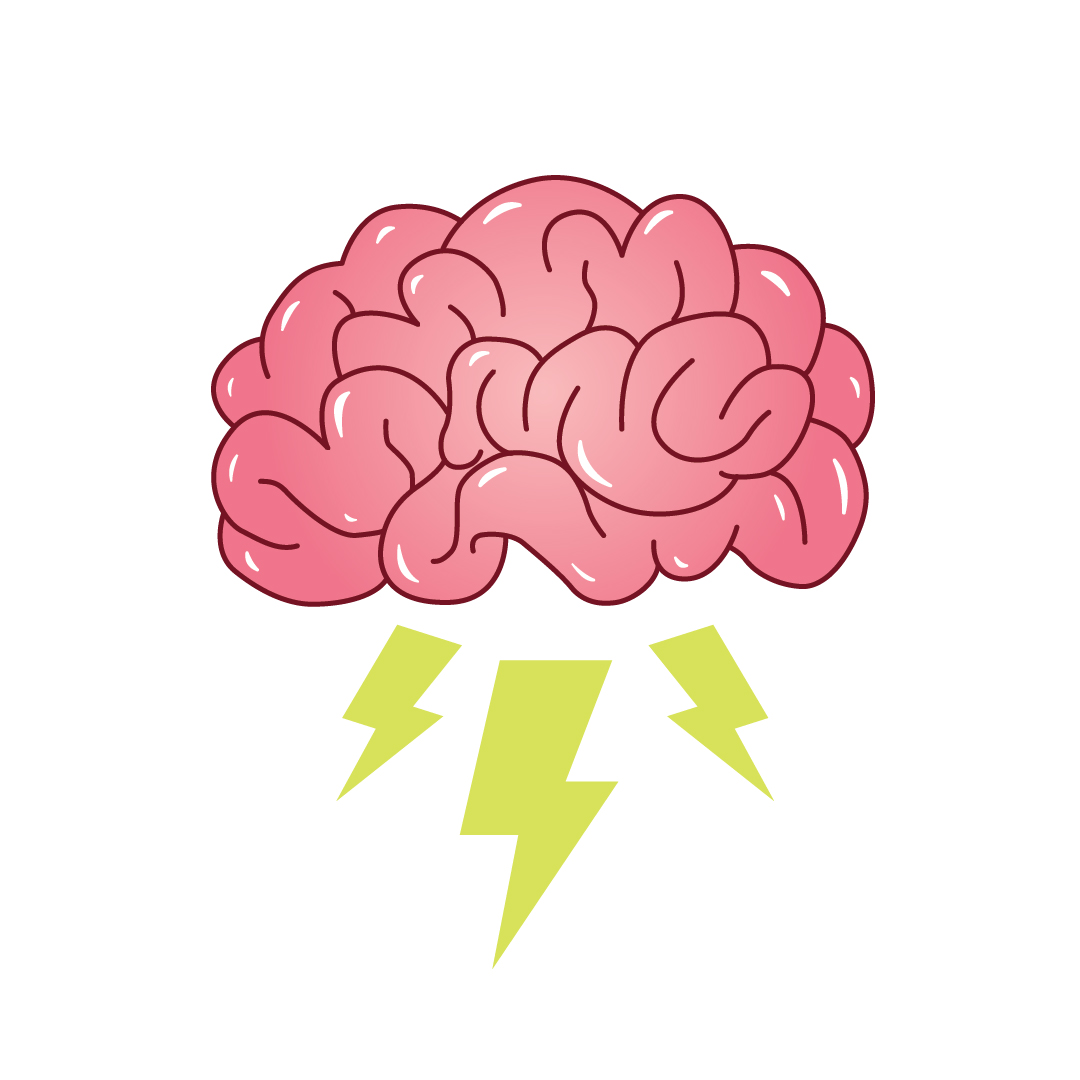
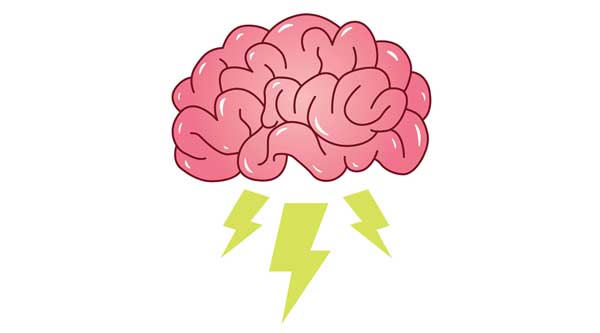
Disrupting pain signals to the brain
Muscle scraping provides pain relief by disrupting pain signals to the brain. Compression from the tool can alter the messages that an injury sends to the brain, which changes the outgoing messages that alert us to pain. This gives you a window to stretch and strengthen with less pain, accelerating your injury recovery.
Real people, real results
In a clinical study, Sidekick evaluated the effect of muscle scraping on pain relief. Statistically significant results included:
94% experienced pain relief after 3 days of use
83% were able to return to their activity

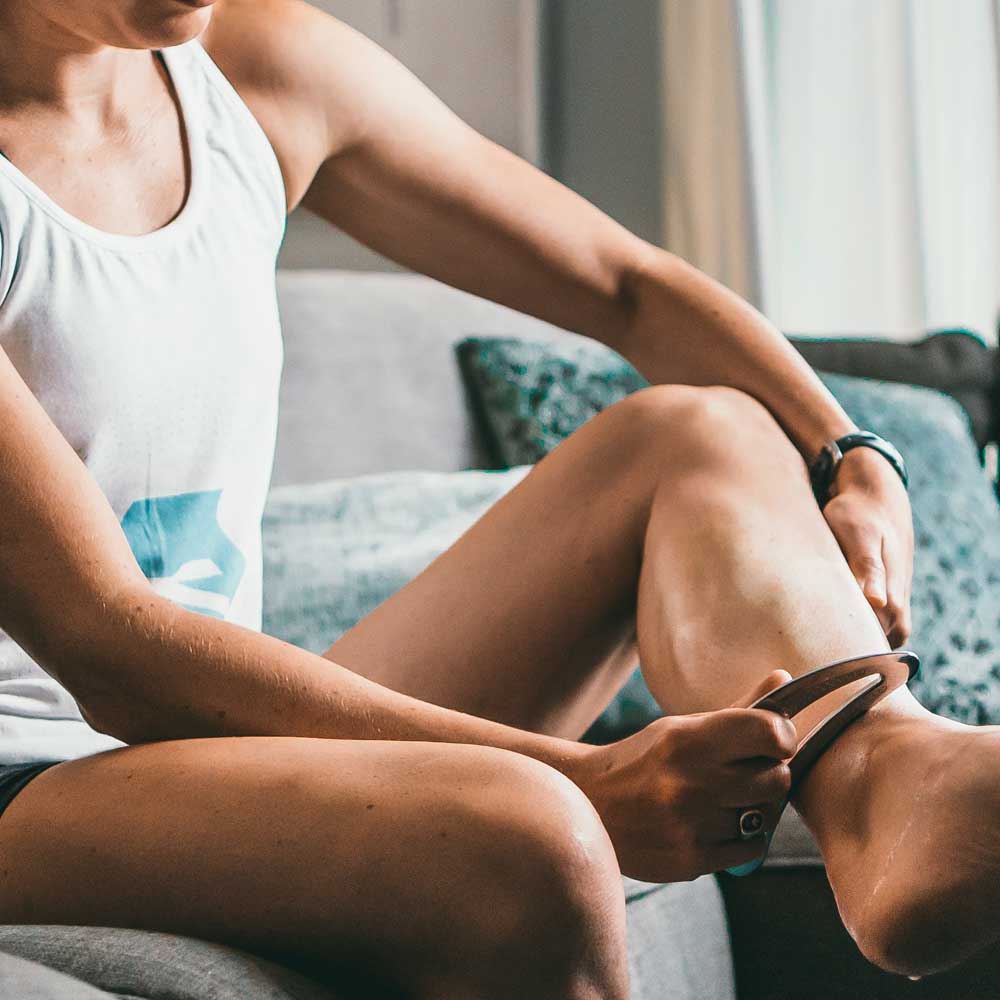

Real people, real results
In a clinical study, Sidekick evaluated the effect of muscle scraping on pain relief. Statistically significant results included:
94% experienced pain relief after 3 days of use
83% were able to return to their activity
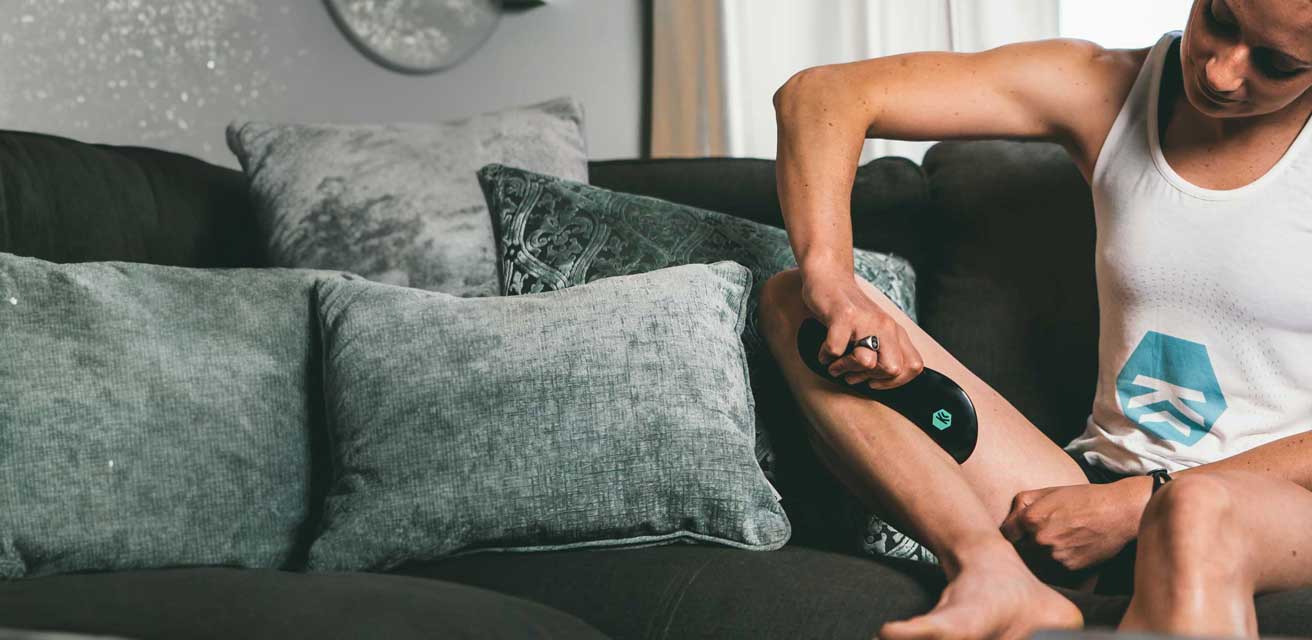

References
- Forcina, L., Cosentino, M., & Musarò, A. (2020). Mechanisms regulating muscle regeneration: insights into the interrelated and time-dependent phases of tissue healing. Cells, 9(5), 1297.
- Nielsen, A., Knoblauch, N. T., Dobos, G. J., Michalsen, A., & Kaptchuk, T. J. (2007). The effect of Gua Sha treatment on the microcirculation of surface tissue: a pilot study in healthy subjects. Explore, 3(5), 456-466.
- Nichols, A. E., Best, K. T., & Loiselle, A. E. (2019). The cellular basis of fibrotic tendon healing: challenges and opportunities. Translational Research, 209, 156-168.
- Gehlsen GM, Ganion LR, Helfst RO. Fibroblast responses to variation in soft tissue mobilization pressure. Medicine and science in sports and exercise. 1999 Apr;31(4):531.
- Lambert, M., Hitchcock, R., Lavallee, K., Hayford, E., Morazzini, R., Wallace, A., ... & Cleland, J. (2017). The effects of instrument-assisted soft tissue mobilization compared to other interventions on pain and function: a systematic review. Physical Therapy Reviews, 22(1-2), 76-85.
- Ferreira, R. M., Martins, P. N., & Goncalves, R. S. (2022). Effects of Self-myofascial Release Instruments on Performance and Recovery: An Umbrella Review. International Journal of Exercise Science, 15(3), 861
- Cheatham, S. W., Kreiswirth, E., & Baker, R. (2019). Does a light pressure instrument assisted soft tissue mobilization technique modulate tactile discrimination and perceived pain in healthy individuals with DOMS?. The Journal of the Canadian Chiropractic Association, 63(1), 18.





